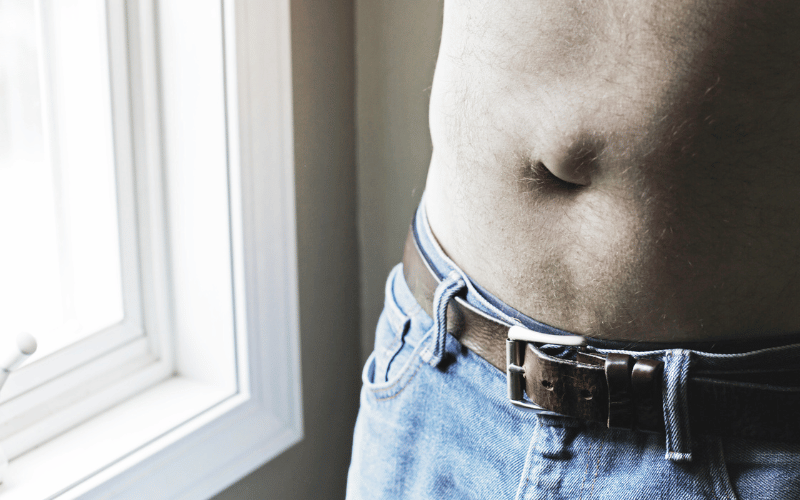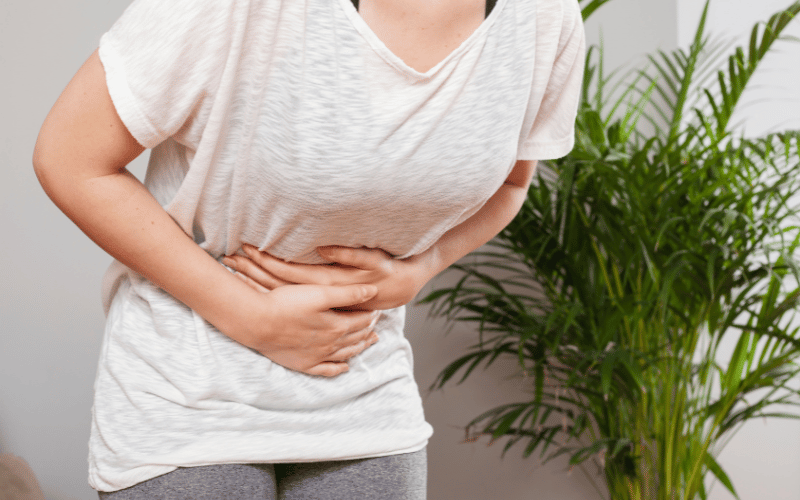Introduction: An Insight into Spigelian Hernias

Spigelian hernias remain a lesser-known variant in the wide spectrum of hernias. Yet, anyone experiencing its telltale signs will attest to the significant impact it can have on daily life. Located on the side of the abdomen, usually between the belly button and the hip bone, this hernia type can present subtle symptoms that are easy to miss. Recognizing these symptoms early is crucial for timely treatment and can make the difference between swift recovery and potential complications.
The very nature of a Spigelian hernia is intriguing. Unlike other hernias that manifest externally, a Spigelian hernia often starts deep within the abdominal wall. This makes its detection somewhat challenging, even for seasoned medical professionals. Moreover, due to its covert nature, individuals might not realize they have one until more pronounced symptoms arise. This article delves into the 10 most common symptoms associated with Spigelian hernias, aiming to provide a clear understanding and assist in early detection.
By understanding these symptoms, individuals empower themselves with knowledge, enabling them to advocate for their health and well-being. It’s not just about discerning a lump or feeling discomfort; it’s about connecting the dots, recognizing patterns, and taking proactive steps. Remember, early detection is not only pivotal for effective treatment but also for reducing potential risks and complications.
Symptom 1: Localized Pain or Discomfort

One of the most unmistakable signs of a Spigelian hernia is the presence of localized pain or discomfort. Often, this pain is not a persistent ache but appears during specific movements or actions. When bending down to tie a shoe, or perhaps lifting a heavy object, the discomfort becomes pronounced. The nature of this pain is also variable. Some describe it as a sharp jab, while others feel a consistent, dull ache.
The exact location of this discomfort can provide clues to its origin. Typically, it’s situated on the side of the abdomen, somewhere between the belly button and the hip bone. While pain in itself can be a cause for concern, it’s the specificity of its location that often raises eyebrows.
But why does this pain occur? The pain is a direct consequence of abdominal tissue, such as fat or part of the intestine, pushing through the weakened muscle of the abdominal wall. As this happens, it causes localized discomfort, especially when that protruding tissue gets pinched or squeezed during certain movements. (1)